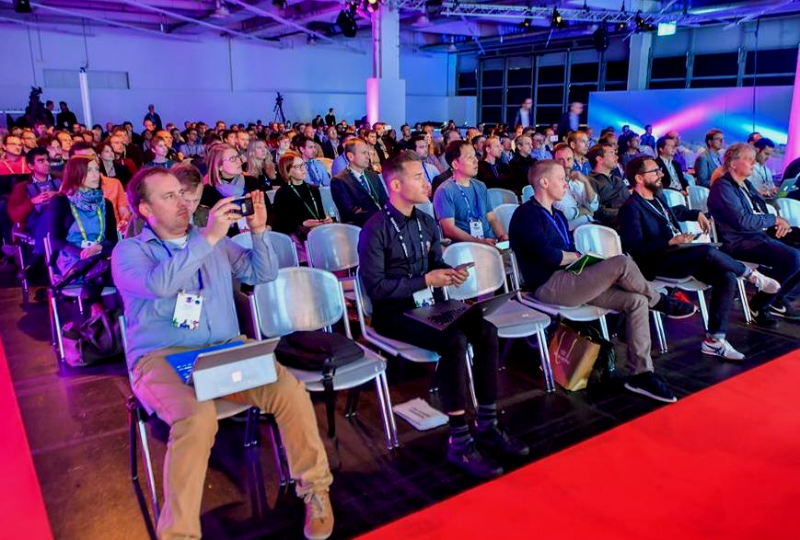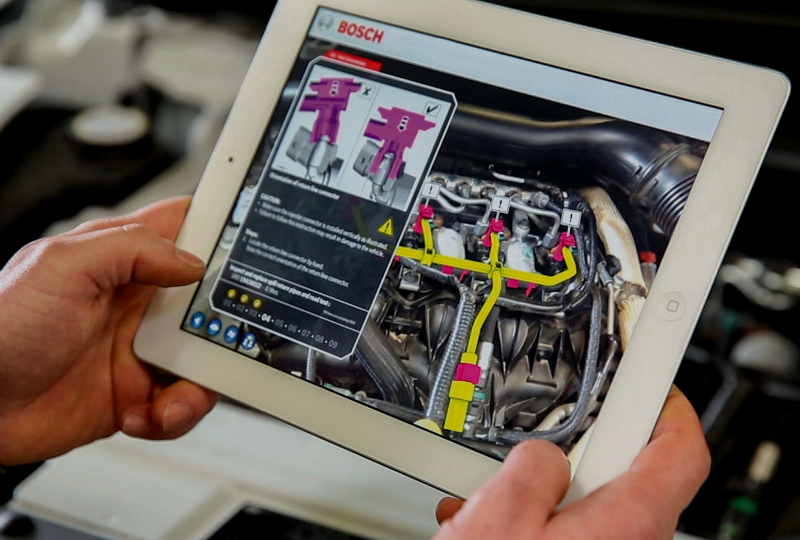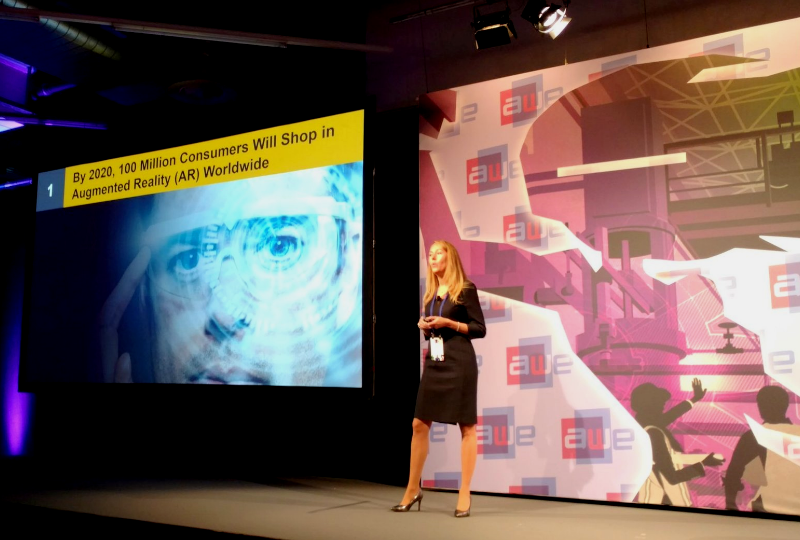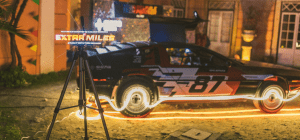
USA
Thank you for reaching out to Sigma Software!
Please fill the form below. Our team will contact you shortly.
Sigma Software has offices in multiple locations in Europe, Northern America, Asia, and Latin America.

USA

Sweden

Germany

Canada

Israel

Singapore

UAE

Australia

Austria

Ukraine

Poland

Argentina

Brazil

Bulgaria

Colombia

Czech Republic

Hungary

Mexico

Portugal

Romania

Uzbekistan
This autumn is rich in sensational events and we try to visit them all. In September, our colleagues investigated the prospects of infotainment solutions in automotive industry at IAA Cars 2017. A large group of Sigma Software experts presented our new CTO-as-a-Service offering to startup founders at STHLM Tech Fest. Last week Sergiy Salenko, Business Development Manager, and Nadia Martynova, Product Manager, have visited AWE, the world's largest AR+VR conference at Munich. They tell about the most interesting trends they’ve observed there.
AWE (Augmented World Expo) is the world’s largest and longest running conference and expo dedicated to augmented and virtual reality. AWE Europe is held for the second time and hosted in Munich, Germany.
The event contained two main parts: exhibition with 90+ participants and conference with 100+ speakers. The visitors of the event are told to count about 1,500 people. Among the speakers were representatives of famous companies including Google, Audi, Volkswagen, Bosch, RE’FLEKT, Lockheed Martin, Siemens, Fraunhofer, DAQRI, Holo-light, ODG, Vuforia, Wikitude, UpSkill, Vuzix, Epson, Meta, Gartner, Insider Navigation, Rovio, and more.

The conference had three tracks: main stage for big cases and panel discussions, enterprise and developers track for specialized speeches.
We were impressed to see that exhibitors have a pretty deep expertise and successfully solve all arising technological challenges to move the AR/VR forward. The only barrier is the current limitation of AR frameworks, which are available for everybody in the community. AR/VR is a teenager who knows everything, can solve much, but it is more about prototyping than creating mature applications.

The main intrigue for us was at the enterprise stage. Big companies like Audi and Bosch reported about many pilot projects in the industry and persuading benefits.
For example, Bosch has already developed an AR application for the vehicle reception, i.e. for the first direct contact with the customer. It provides a quick overview of the customer vehicle’s technical condition. In a neatly arranged manner, the mechatronic’s tablet computer or smart glasses show error codes and other irregularities. This allows it to quickly talk over the results with the customer. If repair is required, the next step can be providing guided repair instructions displayed right onto the tablet or smart glasses. As a result, users receive necessary information where and when they need it.
We met Jürgen Lumera, Augmented Reality expert at Bosch. He is convinced that this technology will prevail in automotive workshops:
Problems to solve?
How is AR supporting this?

However, the next step is awaited by most to be made. Proving new UX practices, 3D content availability and updating, scaling, requirements for IT infrastructure were listed as open questions for big companies. Giants have in-house R&D lab or subsidiary startups to work on VR/AR directions. Still it is local usage without embedding into the leading workflows.
Startups showed different applications for a variety of glasses: VR place for collaboration, application for artists, gesture interface for workers, virtual preview, TV experience extension, and others. We’ve noticed that less than a majority pops up with strong business cases. Most ideas presented are cool tech solutions, which would take a fortune to have a first real client and calibrate business focus.
Another category is providers of VR/AR solutions with confident moves in this field. Here we saw creative cases for marketing via AR, training applications with forecasted ROI and VR showrooms.
Based on the speech topics, sponsors, and exhibitors, it can be concluded that AR/VR penetrates most actively in the following sectors:
And seven themes are emerging from new VR and AR apps: (1) Training (2) Education (3) Visualization (4) Product design (5) Testing and digital prototyping (6) Collaboration and screen consolidation and (7) Showcasing.

Annette Zimmermann, Research Vice President of Gartner, told about top predictions for 2017 looked back over time. They are based on three fundamental effects of continued digital innovation: experience and engagement, business innovation, and the secondary effects that result from increased digital capabilities.
Gartner predicts that by 2019 AR, VR, and mixed reality (MR) solutions will be evaluated and adopted in 20% of large-enterprise businesses, and by 2020 100m consumers will shop in AR worldwide. Both consumers and businesses will have easy access to quality devices, systems, tools, and services. The market currently offers more consumer devices than enterprise-ready ones. However, “the gap between consumer and enterprise adoption will close, possibly by 2019, once market segments for both consumers and businesses are firmly established”.
For sure, we are saying the demand is big, and it moves to have a solid solution with VR/AR advantages, and not only part of it. With an expected $2 trillion impact, augmented and virtual reality are quickly becoming an economic reality.
There were many dots, which start showing a pathway, and we don’t know yet what would be the next year achievements. The issues to solve include embedding AR/VR solutions into the existing eco-system, reducing bounding to specific hardware, and finding the way to have 3D with a friendly cost.
My gratitude to Sergiy Salenko for being with me during these eventful days and for his help in writing this article.

Nadiia is a Certified Scrum Product Owner with more than 10 years of experience in IT. She has a rare gift to manage people and to help them move forward to success. The same Nadiia does with products.


Lisbon recently took center stage in the worlds of innovation and cybersecurity — and Sigma Software was right at the heart of it. We joined two impactful event...

On November 14, our partner Star for Life Ukraine held Charity Dinner in Malmö, Sweden. This was a fundraising event that brought together representatives of Sw...

November 13-14 in Warsaw, Sigma Software took part in ReBuild Ukraine, 5th international exhibition and conference. Our company joined the event as part of the ...